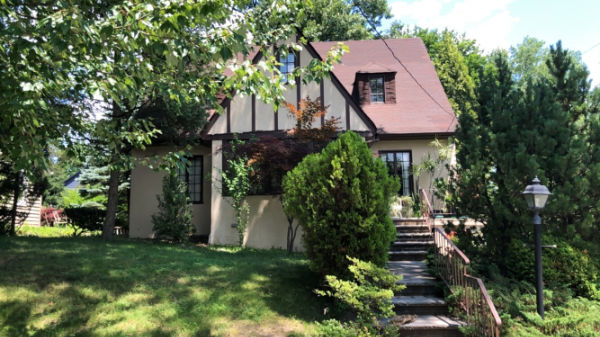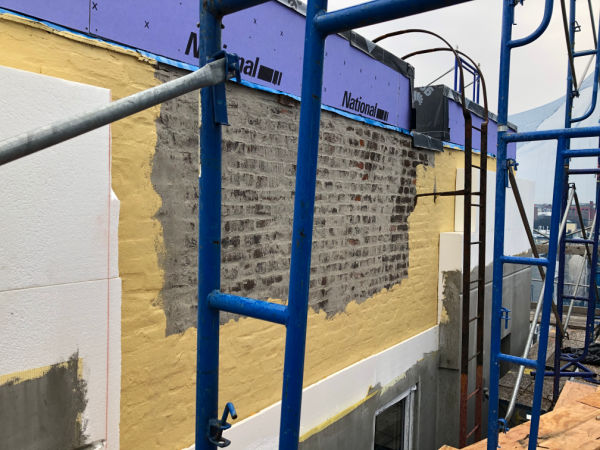
In Verona, we have come to accept that the only way to have a house that’s warm enough in winter and cool enough in summer is to spend a lot on energy.
But what if there were another way? What if our homes could stay a comfortable temperature year-round without the sky-high PSE&G bill? Christine Liaukus would like you to know that they can. Liaukus, who has sharply reduced the energy needs of her own Verona house, is now working to do the same for a 146-apartment complex in Brooklyn.
“I’m a passive house ambassador,” she says.
A passive house is, at its simplest, a house that sips energy rather than guzzles it. The first passive houses were built in Germany three decades ago, and most passive house construction and retrofits since then have been outside the United States. Professionals like Liaukus, an architect and the first certified passive house consultant in New Jersey, push the concept because residential housing is responsible for a large share of energy usage and carbon dioxide emissions. And while new construction has become much more energy efficient, most homes were built before that was a focus. That’s particularly true in Verona, where the bulk of our construction happened in the 1930s or 1950s.
Making an older residence as energy efficient–or more–than a new dwelling is what Liaukus does. She did the energy modeling for the Brooklyn project, dubbed Casa Pasiva. The $20 million project, which was recently featured in The New York Times, will do away with the interior heating systems in a nine-building complex and put the electric heating and cooling system under a thick, new facade that will cut their energy usage, or load, by 80%. (None of the residents at Casa Pasiva have had to move out during the work, another big plus.)

“You always want to reduce loads first, and then meet them as energy efficiently as possible,” says Liaukus, who is also an adjunct professor at NJIT’s Center for Building Knowledge. For buildings like our houses in Verona, that means improving the insulation under walls, floors and roofing, and installing energy-efficient windows to create what construction people call a tight building “envelope.”
To get started, Liaukus recommends that homeowners get a free energy audit of their house’s leakiest spots from New Jersey’s Home Performance by Energy Star program. Making a house more energy efficient can be expensive, but the Home Performance program has some incentives that can nip away at that cost and 0% interest financing for energy-efficiency improvements. (There is a similar program for commercial buildings called Direct Install and Verona is trying to encourage building owners to use it.)
“We’re fortunate in New Jersey that we have good incentives that can help each of us take on what we can take on,” Liaukus says.
And more help may be coming. Liaukus notes that NJIT is now involved with a project to see how energy demand can be lowered when new siding is put on a house. Instead of just putting new siding over the existing building, “Re-Side Right” is testing new insulation developed by New Jersey-based BASF that could substantially reduce the amount of cold or hot air that gets into a house.
“Instead of trying to push efficiency measures as stand-alone projects such as adding solar panels or more efficient heating systems that are undertaken for energy reasons alone,” Liaukus said when NJIT announced the initiative, “the Re-Side Right strategy layers energy efficiency upgrades onto home improvement projects that are happening anyway.”


